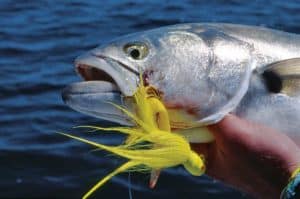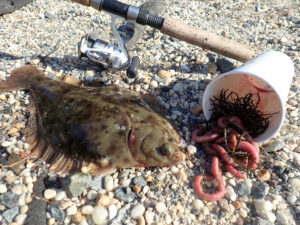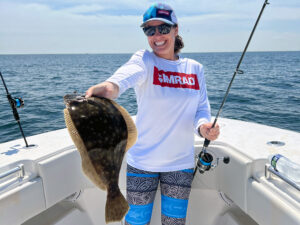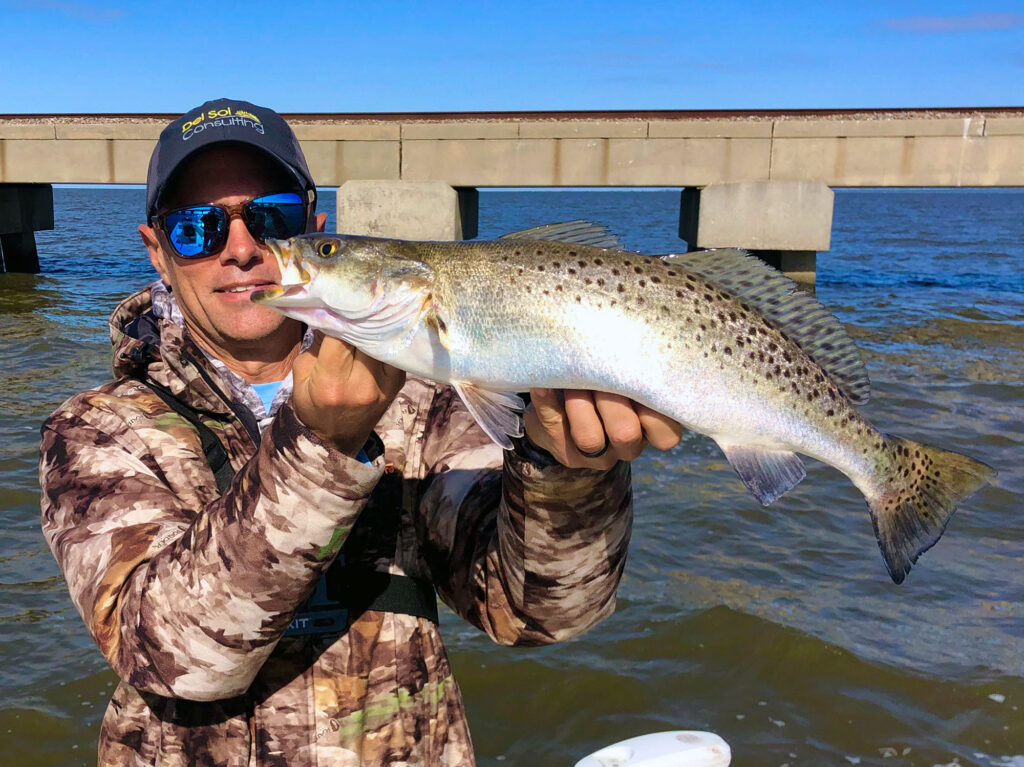
The word “artificial” is inherently pejorative. If a food company includes artificial colors or flavors in a particular product, it’ll bury that fact in the list of ingredients. Highlighted on the front of the package will be something like “Packed With Vitamin C,” rather than “Now With More Artificial Flavor.”
That’s true for everything but fishing. Having success with “artificial” lures is viewed as affirmation of skills, and anglers across the fruited plain regularly entreat fisheries managers for more artificial reefs. Louisiana’s Department of Wildlife and Fisheries (LDWF) has responded to that demand in recent decades by dropping limestone, shell and even bridge rubble in select areas across the coast, and since the state provides easy-to-find coordinates on the LDWF site, the reefs are regularly visited by hopeful anglers.
Still, none is as regularly productive as the 15 miles of artificial reefs in eastern Lake Pontchartrain that were designed for transportation and commerce. Attracting fish is just a happy accident.
Louisiana’s Bridge Fishing
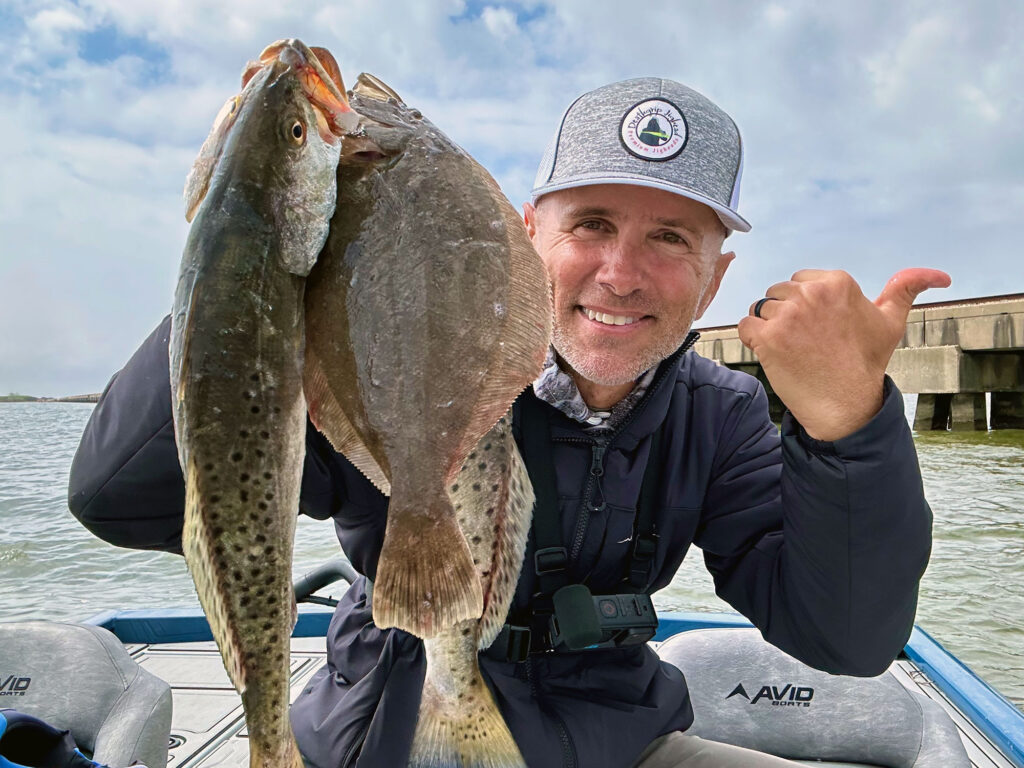
Interstate 10, Highway 11 and a train trestle all span a roughly 5-mile gap over Louisiana’s most famous coastal lake. Commuters and engineers see these bridges as a connection between the cities of New Orleans and Slidell, but to anglers, they are just really expensive fish-attractors.
Every year in the spring and fall, speckled trout and flounder join the redfish, sheepshead and black drum that spend all year hiding behind the bridge stanchions to ambush baitfish and shrimp being pushed by tides around the concrete. When the trout arrive, word spreads quickly among the south Louisiana fishing community, and hordes of marauding anglers descend on the bridges.
By far, the train trestle attracts the most attention. Its stanchions are far more tightly packed and are surrounded by scattered rip-rap. This combination attracts more fish than the other two bridges, and consequently, that attracts more anglers. On a calm weekend day in the spring or fall, a latecomer can find it almost impossible to shoehorn within casting distance of the bridge, since most anglers will be soaking live shrimp while on anchor.
As such, trestle diehards prefer to go on weekdays with marginal wind, when they can work stretches of the bridge with artificial lures. The most popular are 3 1⁄2– to 41⁄2-inch paddle tails fished on 3⁄8– to 1⁄2-ounce jigheads. Standard protocol is to set up on the down-current side of the bridge, and cast as close to the stanchions as possible.
How to Fish Bridges
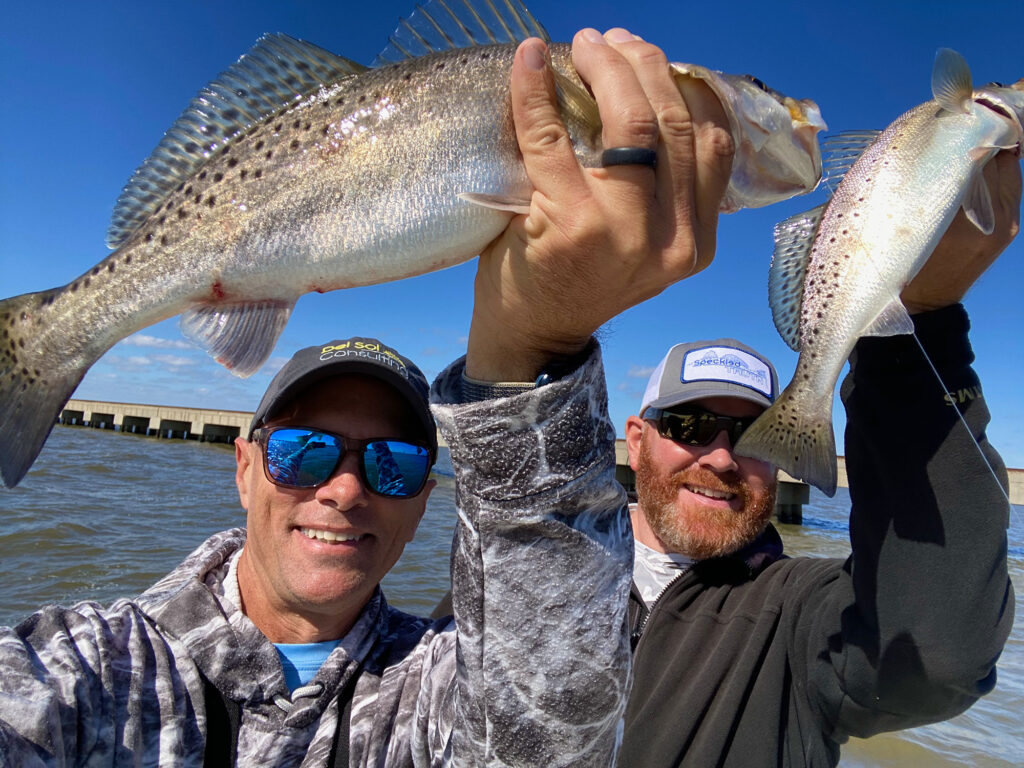
But, as frequently is the case in fishing, sometimes the rules don’t apply, and the fish are located far off the stanchions or on the upcurrent side. Trestle veterans test all possibilities before abandoning the bridge to try their luck at Highway 11, Interstate 10 or the nearby marsh.
Depths across the span of the bridge range from 8 to 16 feet, and contact with the bottom is almost always essential. Most successful anglers hop the lures back to the boat, allowing them to settle back to the bottom after each hop.
Bites are often subtle ticks that test anglers’ skill and the sensitivity of their equipment. That’s true even though the speckled trout that populate the bridges are consistently some of the largest available to Louisiana anglers. Though the trestle seldom delivers fish over 6 pounds, an average speck there is about 2 pounds.
As a general rule, fishing is best in the spring on a rising tide that’s bringing bait in from outside waters and in the autumn on a falling tide that is sucking white shrimp out of the backwaters. But great trips can still be had on opposite tides during the respective seasons. In the spring, the speck run lasts until about the middle of June, when mature fish move to the salty waters of the big bays and sounds to lay eggs and fertilize them. They typically return sometime in October.
Nearby launches are located in Slidell (Eden Isles and Bayou Liberty) and New Orleans (Rigolets, Lake Catherine and Irish Bayou). The eastern shoreline of Lake Pontchartrain provides reasonable protection on a wind with any east in it. Westerly winds are like kryptonite to the lake’s bridges, dirtying the water, shutting down fish and making for a bumpy, miserable experience. Fortunately, predominant winds in the spring and fall are out of the east, and good days at the bridges are far more common than bad ones.

